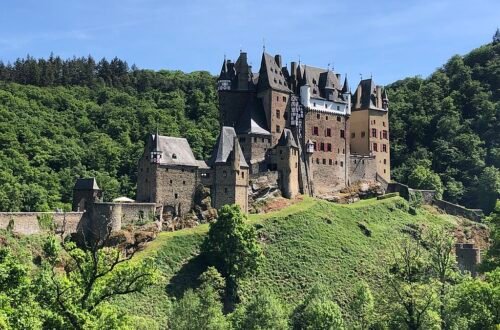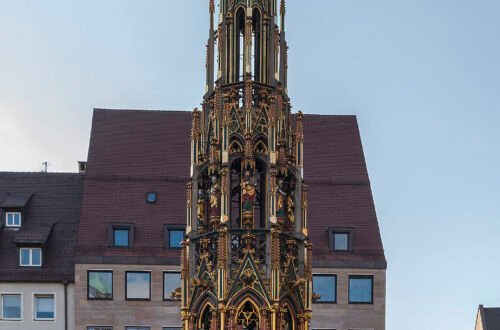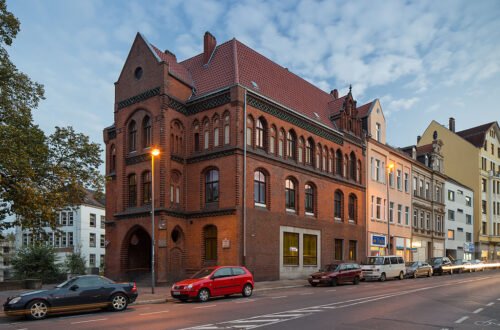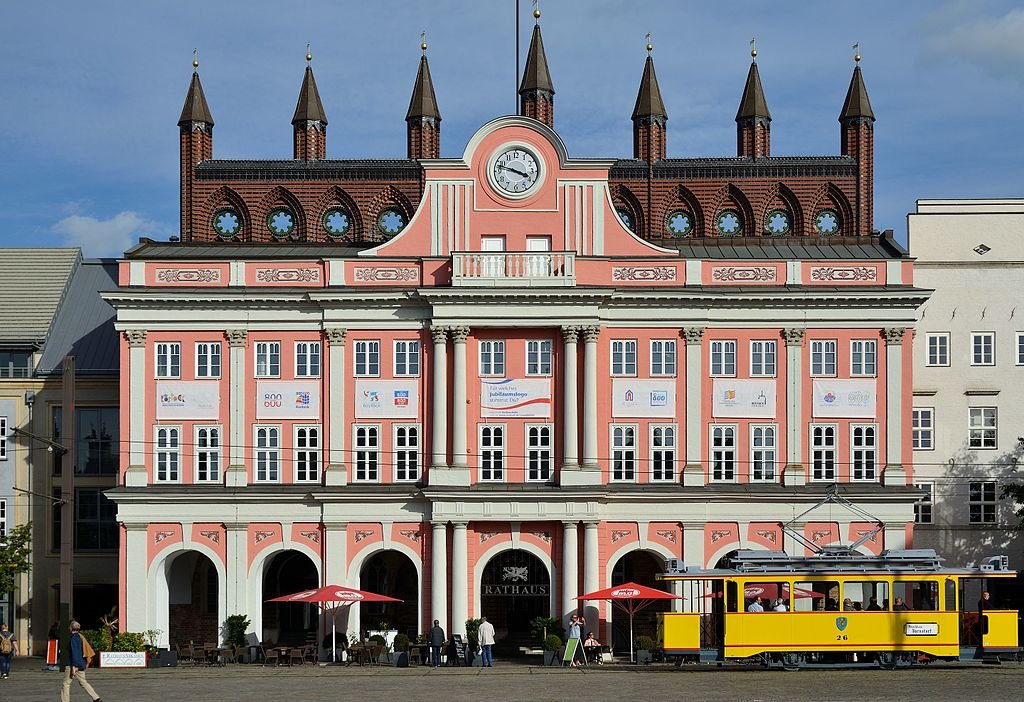
15 Best Things to See in Rostock (Germany)
Rostock, a Hanseatic commercial centre, received city rights in the 13th century and has since served as a hub for trade, education, and shipbuilding in the Baltic. The city was bombed in 1942, but much of its heritage was preserved, including the Brick Gothic Marienkirche’s medieval treasures, Renaissance merchants’ homes with gables, and a significant portion of the city’s 13th-century defensive walls. Rostock is a city that has its own beachfront resort. The white sand beach in Warnemünde, located on the Warnow Estuary, is 15 kilometres long and will delight everyone from young children to watersports enthusiasts. Plan your trip around the Hanse Sail festival in mid-August, when tall ships will take you back to Rostock’s Hanseatic splendour. Let’s look at the greatest activities in Rostock:
- Alter Strom
- Rostock Zoo
- Petrikirche
- Warnemünde Lighthouse
- Molli Railway
- City Wall
- Universitätsplatz
- Shipbuilding and Maritime Museum Rostock
- Stasi-Knast Rostock
- Neuer Markt
- Rostocker Stadthafen
- Warnemünde Beach
- Rathaus
- Marienkirche
- Kulturhistorisches Museum
Alter Strom
The Alter Strom is a waterway that was dug in the harbour of Warnemünde in 1423. For more than five centuries, up until the Neuer Strom was dug in 1903, this was the primary passage connecting Rostock’s port with the Baltic. A promenade bordered by picturesque former fishermen’s homes that are now shops and restaurants can be found on the west side of the Alter Strom. Additionally, there is a never-ending row of boats on the quay, some of which have been converted into floating snack bars. The Edvard Munch Haus, where the Norwegian symbolist painter resided from 1907 to 1908, is located at Am Strom 53.
Rostock Zoo
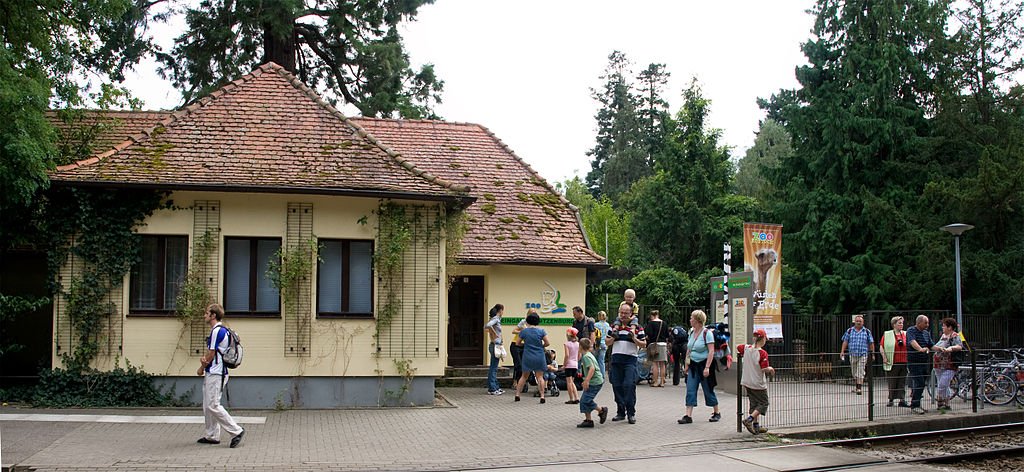
The renowned Rostock Zoo is the biggest on Germany’s Baltic Sea coast with 56 hectares and more than 4,000 animals. The Darwineum, a “living museum” with an interactive evolution exhibition and a tropical home for gibbons, orangutans, gorillas, and other animals is one thing you absolutely must see while you’re here. The polar bear is the attraction’s most representative animal because Rostock Zoo oversees the European Endangered Species Programme’s database for the species. The new Polarium, which will provide the polar bears at the zoo with a cutting-edge environment, will be launched in the fall of 2018. There is a full schedule of feedings during the summer, during which you may watch cheetahs, reindeer, seals, Galapagos giant turtles, gorillas, and pygmy hippos eat and learn fascinating facts about them.
Petrikirche
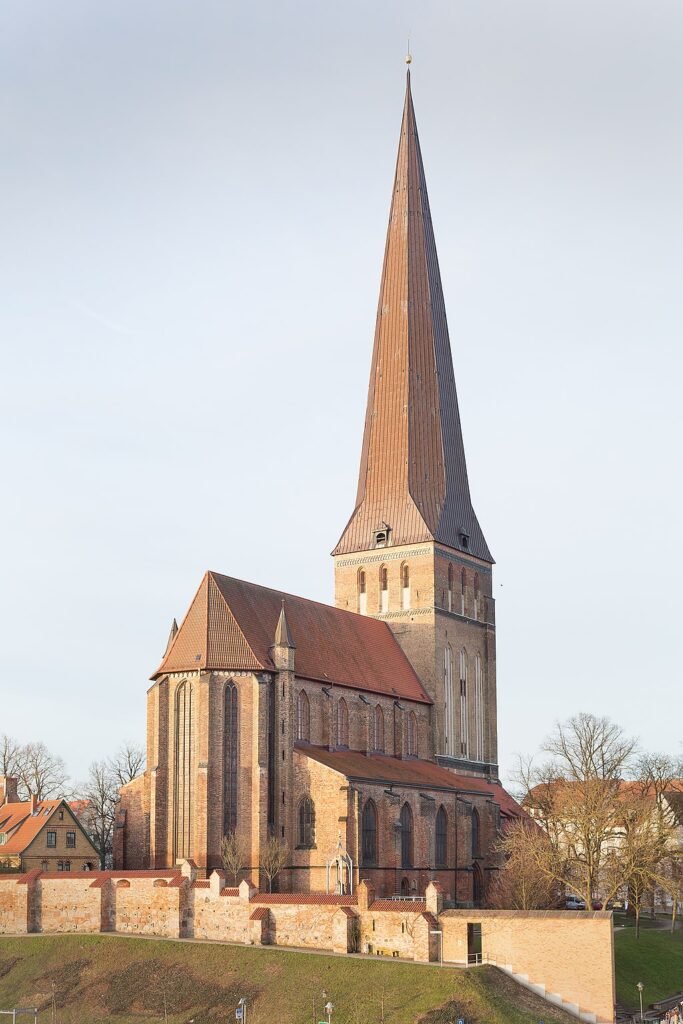
The Brick Gothic style was used to rebuild the oldest of Rostock’s three churches, which dates back to 1252. Petrikirche is located on the Warnow’s elevated left bank, shortly before the river widens into the Unterwarnow estuary. The 117-meter-tall church tower served as a helpful seamark for fishermen and sailors for hundreds of years. The Second World War severely damaged the structure, and it would take another 50 years for its spire to be repaired. A lift that takes you to a 45-meter observation platform was installed in the tower during construction.
Warnemünde Lighthouse
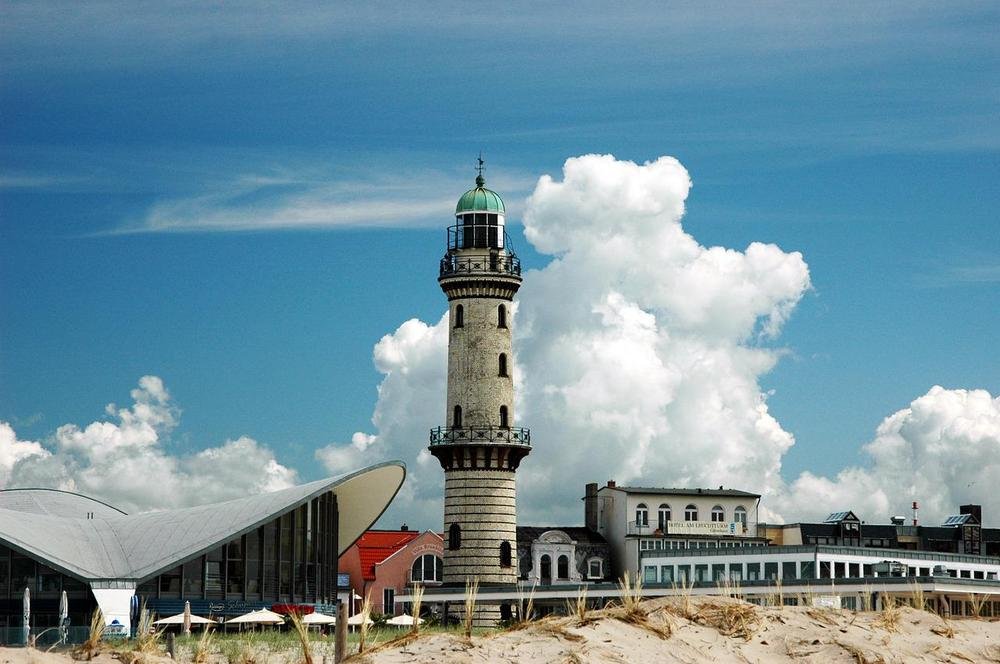
The Warnemünde Lighthouse, which is slightly under 30 metres tall and has been there since 1898, is located on the left bank of the Warnow Estuary. The tower, the resort’s prominent attraction, is made of white-glazed bricks and has wrought iron railings on its platforms. You can ascend between Easter and October to get a view of Warnemünde, Rostock, the Baltic, the port’s entrance, and the beach. The Teepott, a building from the GDR era that today houses cafes, restaurants, and bars, is located at the base of the tower. There is a monument commemorating the 1872 storm surge at the former pilot station, which killed 271 people along the German Baltic coast. In reaction to the catastrophe, the lengthy breakwaters encircling the estuary were built.
Molli Railway
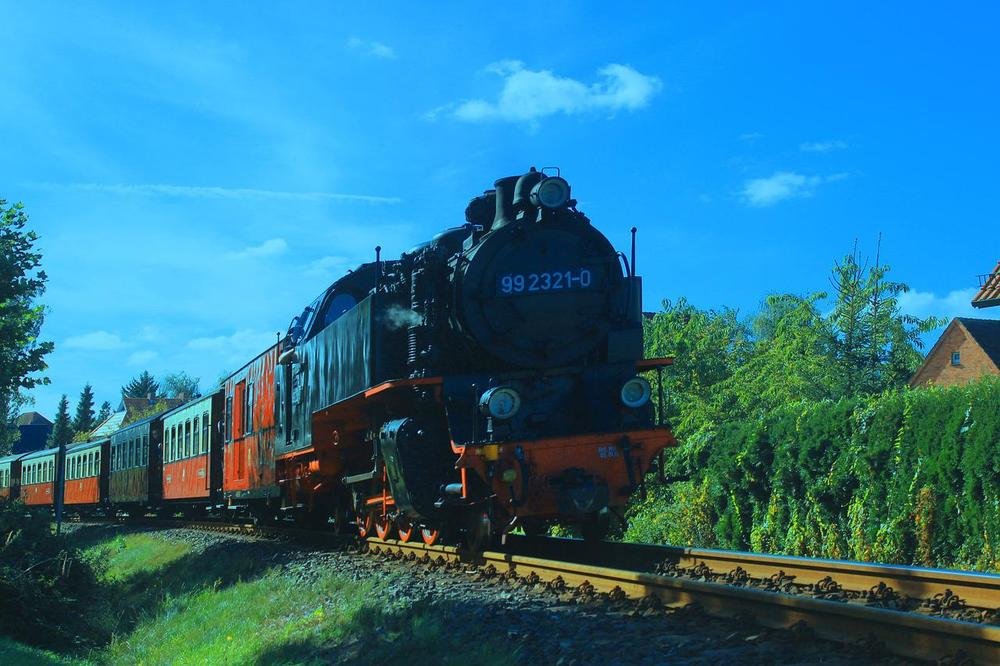
The town of Bad Doberan, which has a spectacular brick Gothic cathedral and is a short distance west of the centre of Rostock, serves as the eastern terminal for a small-gauge railroad that dates back to the 1880s. The Grand Duke of Mecklenburg-Schwerin, Frederick Francis III, was present for the first service on the line. The Molli makes a nostalgic, 40-minute trip using steam power up to the coast before heading west to Kühlungsborn. Once you reach the Baltic, you’ll be able to see the sea all the way to Kühlungsborn as the trains chug along a sophisticated boulevard lined with lime trees in Bad Doberan. The earliest locomotives on the route were built in 1932 by Orenstein & Koppel.
City Wall

The defensive walls of Rostock were first built in the 1100s, and in the 16th and 17th centuries, they were modified to accommodate gunpowder. Due to the redesign and city development of the 19th century, only four of the original twenty mediaeval gates exist today. But more than a kilometre of the wall is still standing. You can ascend to Schwaansche Straße through a wooden walkway that runs beside the wall at one of the gates, Kröpeliner Tor. You will pass by modest guardhouses at various points along the route. The Kuhtor (Cow Gate), which is located a little further east, is said to be the oldest still-standing city gate in Northern Germany and dates from the second half of the 13th century.
Universitätsplatz
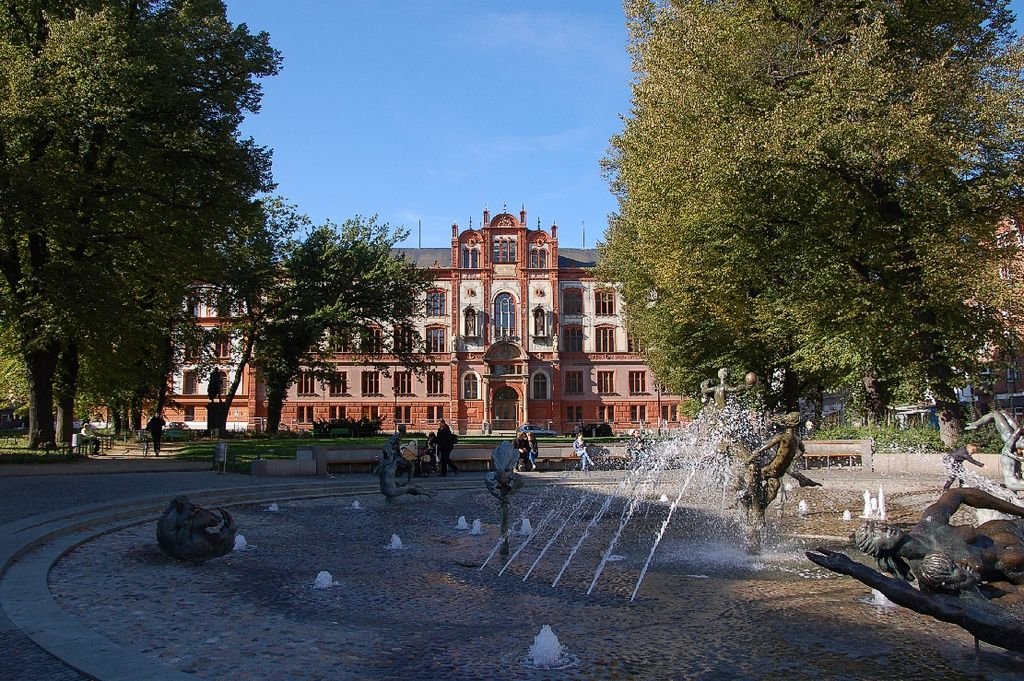
The triangular Universitätsplatz, which is located in Rostock’s pedestrian zone like Neuer Markt, is a few blocks north of the walls. Kröpeliner Straße, the city’s major shopping thoroughfare, crosses the square. The university, which has been present in this area since the 15th century, gave the square its name. The current main university building, which was constructed in the 1860s and has a Neo-Renaissance style, is located on the west side of the square. Jo Jastram and Reinhard Dietrich created the central fountain, entitled Der Brunnen der Lebensfreude (Fountain for the Joy of Life). It was cast in 1985, features 20 bronze sculptures of people and animals, along with 18 water jets, and serves as a sort of summer playground for children. The Fünfgiebelhaus (Five-gable house), which, despite its Renaissance stylings, is only from 1986, is located behind the fountain. On Saturdays at noon, drop by to hear its carillon ring.
Shipbuilding and Maritime Museum Rostock
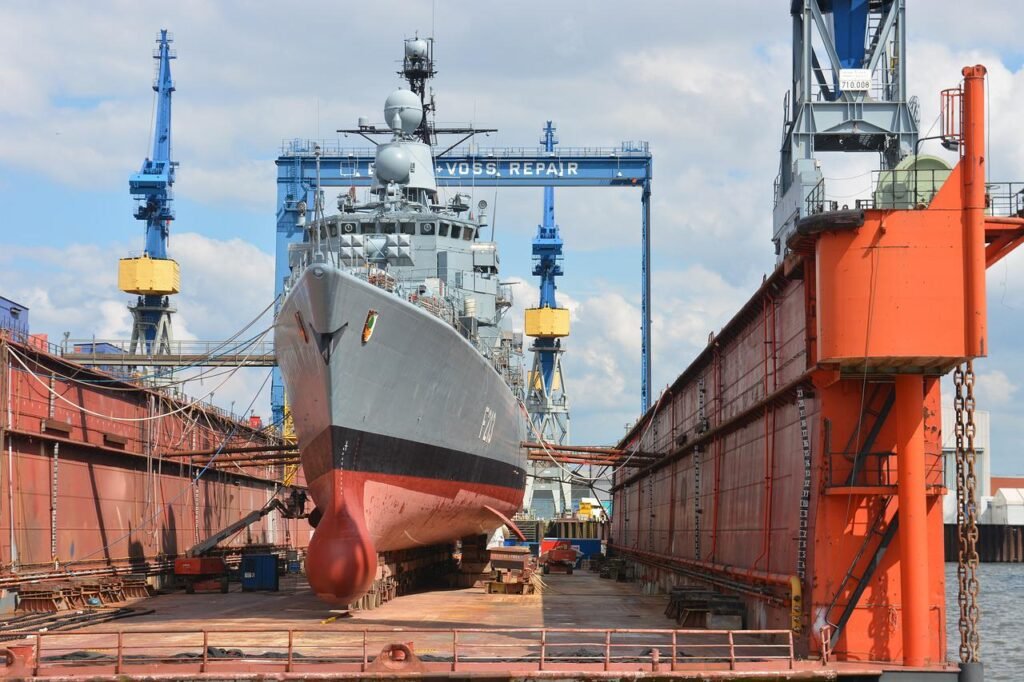
The Dresden, a 10,000 tonne “Typ IV” freighter, is berthed on the Unterwarnow midway between Rostock and Warnemünde. The city saw the launch of this monstrosity in 1958, and it has housed a maritime and shipbuilding museum since 1970. The history of shipbuilding in Rostock may be traced back to its Slavic roots. For example, under the GDR, Rostock served as East Germany’s primary port for shipping containers. The GDR’s “Typ IV” freighters, marine research in the Baltic, and the future of the shipping and shipbuilding sectors are all covered in depth in the exhibitions. A massive steam hammer from Rostock’s former Neptunwerft shipyard is one of many large-scale shipbuilding artefacts in a maritime-themed park next to the ship.
Stasi-Knast Rostock
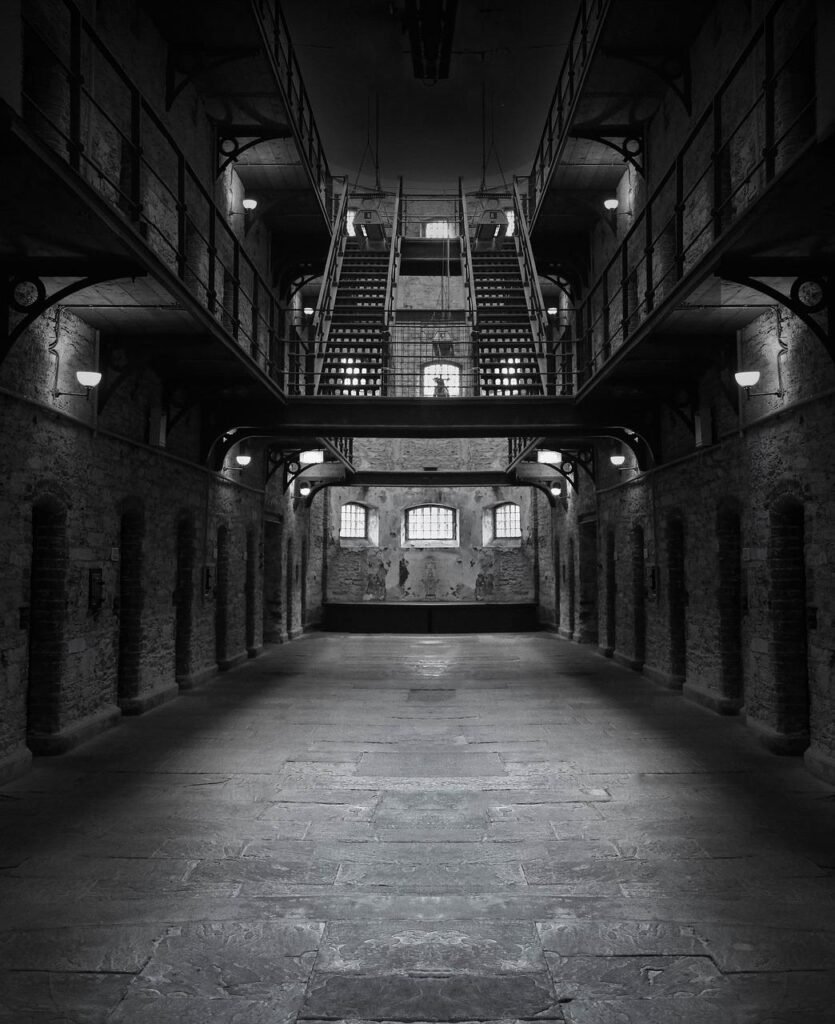
This decommissioned prison offers a terrifying view into SED-era state repression in the GDR. The prison facility is affixed to the former Stasi ministry building, which dates back to the 1950s, and is run by the state security service, or Stasi. The facility could house 110 men and women on three stories in cramped cells with no access to light and no way of knowing where they were. Before the reunification, 4,900 people were held at this facility for offences ranging from trying to flee East Germany to defaming party officials. You’ll learn about the Stasi and how it operated, go on a cell tour, and see a prison transport vehicle, as well as records, images, and sophisticated spy gear.
Neuer Markt
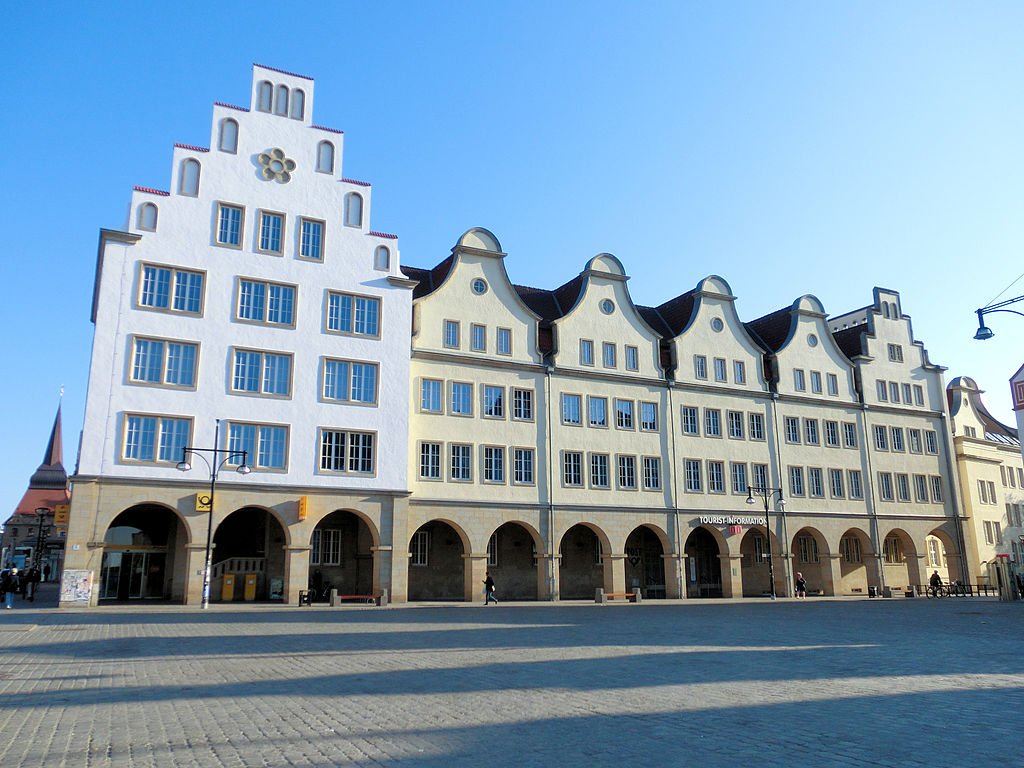
Rostock rapidly grew after receiving city powers in 1218. When three formerly independent suburbs were joined in 1265, this plaza was made the new city centre. On the edges of the square, elegant, gabled merchant homes sprang up during the Renaissance. Even though the Neuer Markt was bombed in 1942, most of its east side, as well as parts of its north and the town hall, which we’ll see next, remain largely intact. The residences at numbers 12 and 16 are particularly picturesque. Additionally, from Monday through Saturday, you may buy groceries at Neuer Markt, where you can also enjoy other rides like Rostock’s Ferris wheel during the Christmas market.
Rostocker Stadthafen
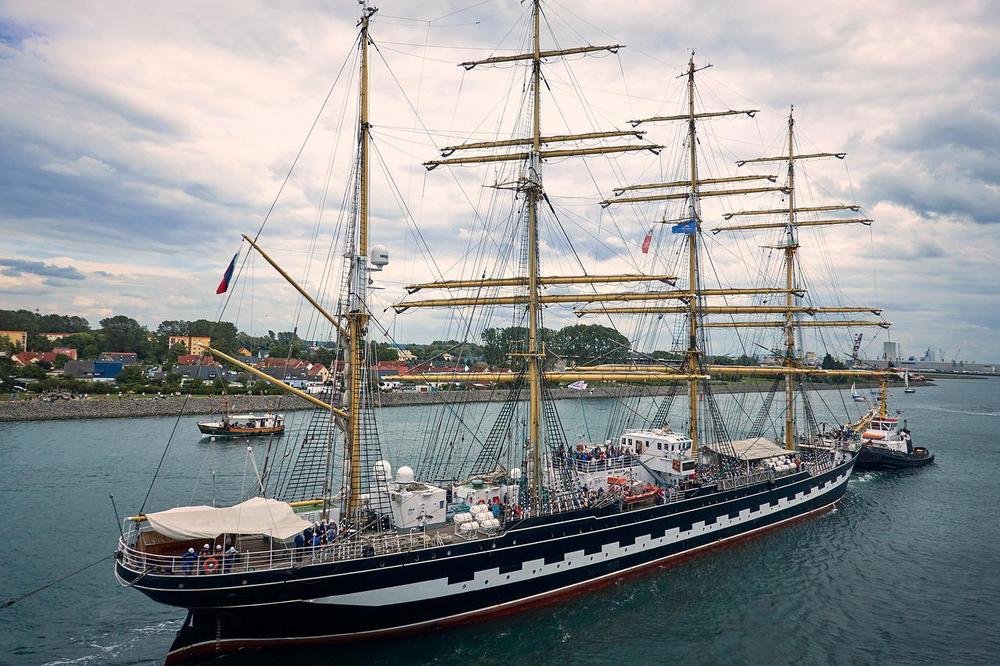
When you walk onto Rostock’s waterfront at the Stadthafen, there will be no question that you are in a Hanseatic city. With 369 ships, Rostock had the largest merchant fleet in the Baltic in 1877. By 1991, all harbour operations had been shifted to Rostock Port, which is located down the Unterwarnow. The rows of warehouses near the sea, however, and the recreation of an 18th-century wooden harbour crane, offer numerous suggestions as to what came before. The Stadthafen has been a popular destination for people to walk, eat seafood, and observe passenger ships and herring trawlers unloading during the spring season for the past 20 years. Around 250 tall ships and other historic vessels land in the city in the middle of August, and Hanse Sail, a maritime festival, takes over the Stadthafen.
Warnemünde Beach
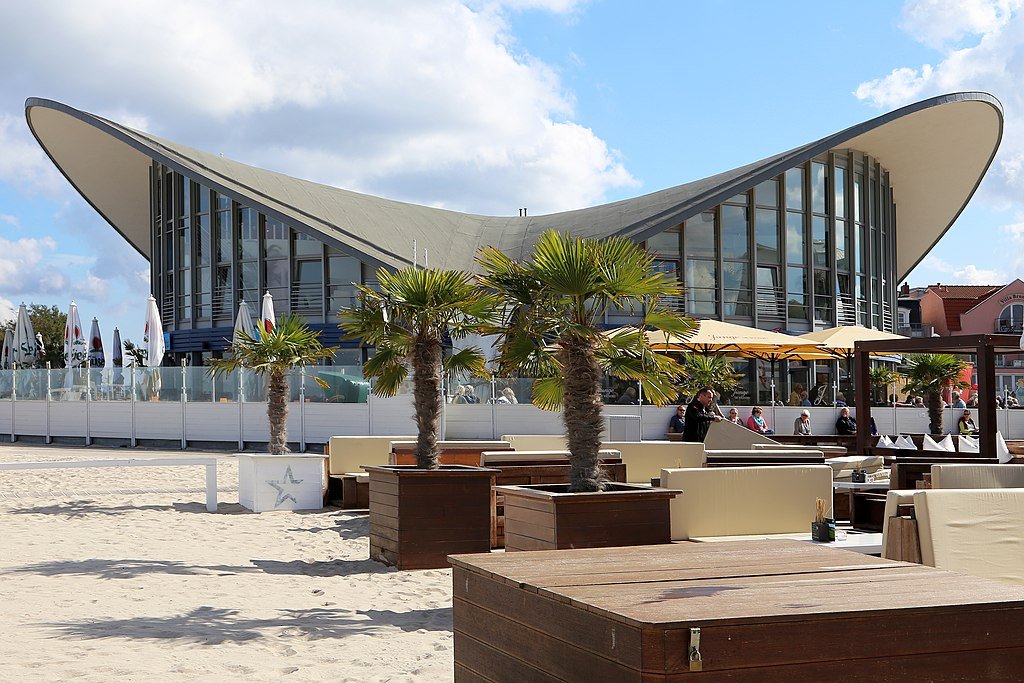
The 15-kilometre-long Warnemünde Beach, which often wins the Blue Flag award, stretches out to a width of 100 metres on either side of the Warnow Estuary. The beach has two big areas that are supervised by lifeguards in the summer: Warnemünde Hauptstrand and Markgrafenheide on the other side of the Warnow. The beach shelves are low, making them safe for kids. The beach gets calm and is bordered by a row of villas built around the turn of the 20th century as you descend a little to the west of the lighthouse. There are designated areas for water sports, naturists, and beach sports like soccer and volleyball in the summer, as well as locations where you can enjoy barbecues and campfires on the sand, along the 15 kilometres of fine, sugar-white sand.
Rathaus

You wouldn’t realise from looking at Rostock’s arched town hall on Neuer Markt that the structure dates all the way back to the 13th century. This suggests that it might be Germany’s oldest town hall. Even though the inside is considerably older, the facade was damaged in a storm in the 18th century and replaced with a new Baroque style. The group of seven Gothic towers that top the roof serves as the only outward hint. Make sure to keep an eye out for the snake sculpture in front of the entryway. Although the current version dates from 1998, a snake has existed here in some capacity since the 1800s. This could have been used as a market measurement system for eels or as a sign of wisdom. In either case, you must stroke its head to be lucky.
Marienkirche
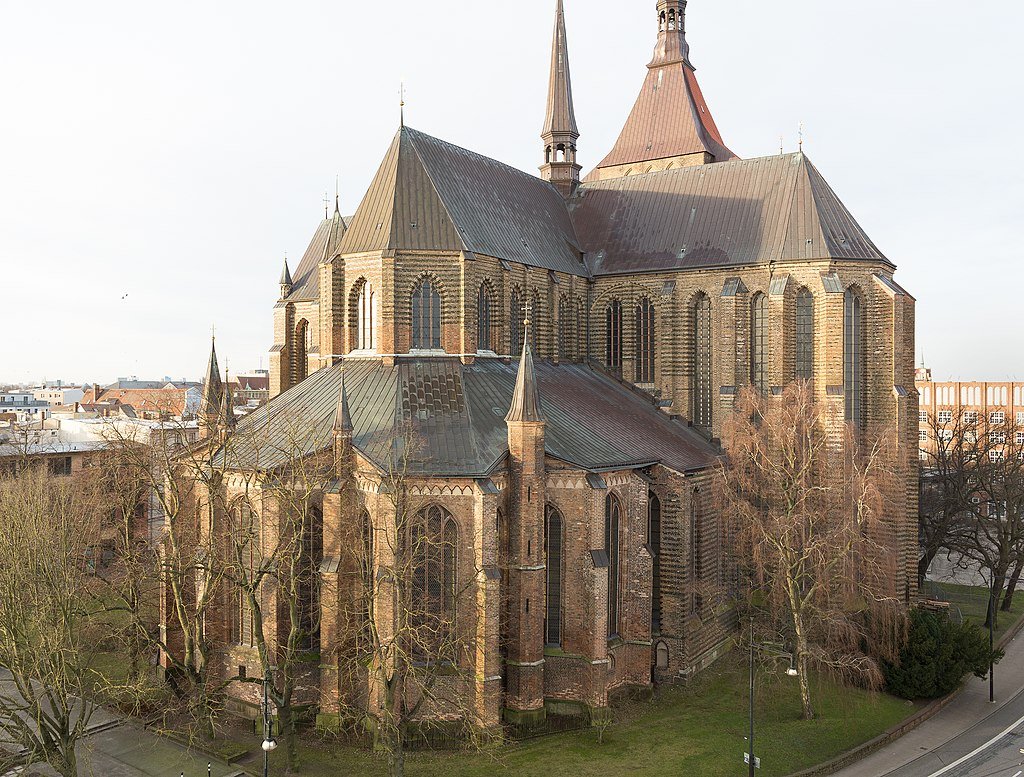
The best church in Rostock is a typical North German brick Gothic structure that hasn’t undergone much change since the 14th century. The cross-shaped basilica still dominates Rostock’s skyline and features a lot of innovative design in both its architecture and ornamentation. Despite the extensive destruction wrought upon Rostock during the 1942 bombing raids, the church suffered relatively minor damage, and its fires were quickly put out. The altar to St. Roch, which was carved from oak in the Late Gothic style around 1530, a bronze baptismal font from 1290, and an amazing astronomical clock from 1472 are just a few of the many fascinating items to see inside. Give the elaborate Rococo high altar from 1721 and the Renaissance pulpit from 1574 some attention as well.
Kulturhistorisches Museum
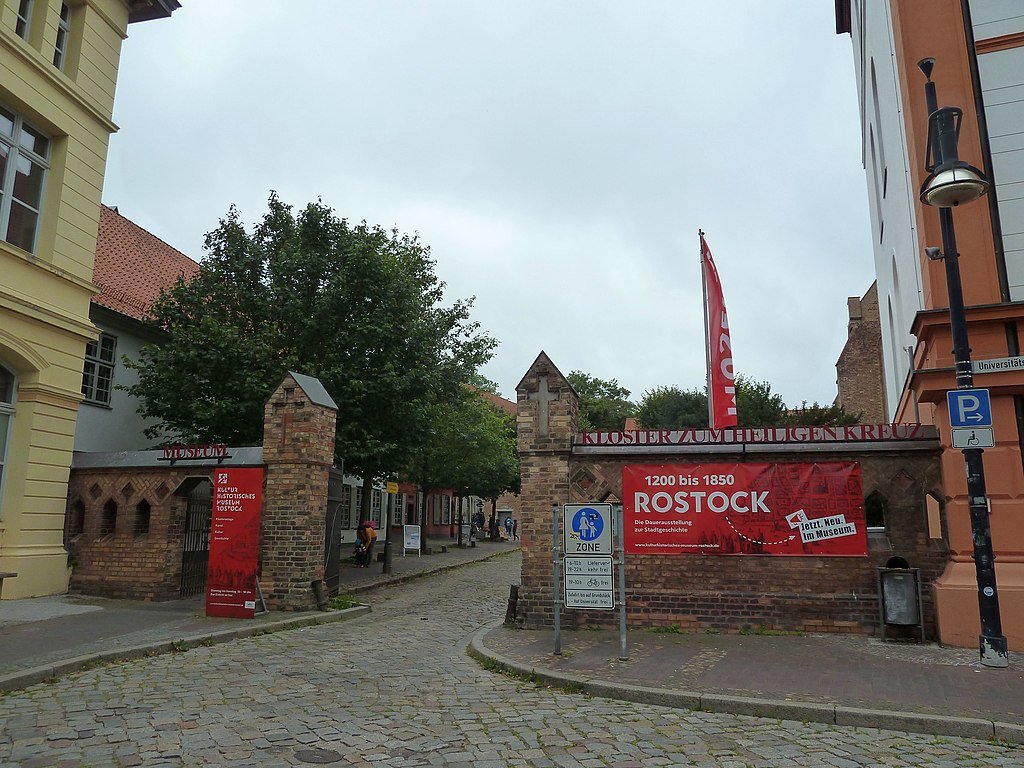
Since 1984, Rostock’s museum of cultural history has been situated in the Gothic Monastery of the Holy Cross. As a structure, the museum is much older, having been founded in 1859, and is regarded as one of Mecklenburg-premier Vorpommern’s museums. There is a lot to see, but one of the most fascinating exhibits is the holy art from Rostock’s many religious structures, which includes statues, choir stalls, and altars, and dates from the Middle Ages to the end of the 16th century. The museum contains Dutch Renaissance and Baroque artwork by artists like Jan Brueghel, a collection of Rostock landscapes from various eras, and modern art that the Nazis deemed “degenerate.” With the addition of ancient toys, coins from the 1300s to the 1800s, and crafts from the Middle Ages, there is much for an antiquarian to discover in this historically significant environment.


